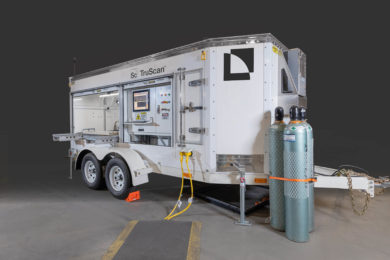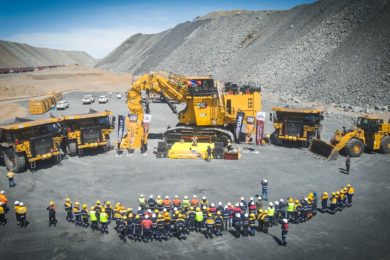Talon Metals, through its subsidiary Talon Nickel (USA), has entered into a definitive agreement with Kennecott Exploration, a subsidiary of the Rio Tinto, pursuant to which Talon has the right to acquire a stake in Kennecott’s Tamarack nickel-copper-platinum project located in Minnesota, USA. Talon has the right to acquire a 30% interest in the project, with a potential pathway to owning 100% of the project.
Project highlights
- Nickel-copper-platinum project in a politically stable jurisdiction
- Large igneous intrusive complex with 18 km of strike length, which is comparable in footprint size to some of the world’s largest and most prolific nickel-copper-platinum intrusive complexes
- An original Kennecott discovery, which is currently at an advanced-stage of exploration with more than 72,000 m having been drilled by Kennecott
- High grade semi-massive, massive and mixed mineralized zones, which are potentially open in all directions
- Excellent infrastructure with grid power and a railway line on site
“We are fortunate to participate in Kennecott’s Tamarack”, said Warren Newfield, Chairman of Talon. “Over the past two years, the Talon team has reviewed and considered more than 700 projects, and we have finally identified a project that could be a company-maker.”
The project is located adjacent to the town of Tamarack in north-central Minnesota approximately 85 km west of Duluth and 200 km north of Minneapolis, in Aitkin and Carlton Counties. Access is via paved State and County highways and roads. The project comprises more than 35,000 acres of land held by Kennecott.
An active railroad runs east/west across the Tamarack Project and connects into the Port of Duluth. In addition, a power line crosses the project.
One of the significant discoveries of the 1990s was the Tamarack Igneous Complex (TIC) and associated mineralisation as part of a regional program initiated by Kennecott on the basis of a model proposed by Dr A.J. Naldrett in 1999. This model predicted that high-grade nickel deposits could be associated with dikes and mafic intrusions that were feeders for continental rift volcanism that had a limited surface expression. Since this model has been proposed, several zones of mineralization have been discovered at Tamarack.
The TIC is comparable in footprint size to the host intrusions at some of the world’s largest nickel-copper-platinum intrusive complexes, however, the TIC, at present, is only partially drilled compared to these deposits.
To date, exploration by Kennecott has included a range of geophysical surveys, including, Aeromagnetic and EM, ground magnetic and EM, VTEM, IP, gravity, seismic, MALM and downhole EM. A total of 196 diamond holes have been drilled, totaling 72,208 m.
The TIC consists of an 18 km strike length, up to 4 km wide and greater than 600 m thick. The TIC is completely blind to the surface, covered by 20 to 50 m of Quaternary glacial and fluvial sediments. The two main components of the TIC include the dike that hosts the main mineralised zones drilled to date, being the Semi-Massive Sulphide Unit (SMSU), the Massive Sulfide Unit (MSU) and the 138 Zone (138 Mixed Zone) as well as the large, layered chamber-complex in the south referred to as the Bowl.
The has been described as tadpole shaped and has been subdivided into three sections: the ‘Body’; the ‘Neck’; and the ‘Tail’. Most of the drilling to date has occurred in the Tail, where the intrusion is closer to surface.









